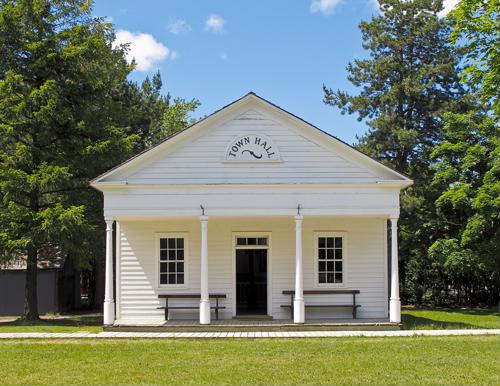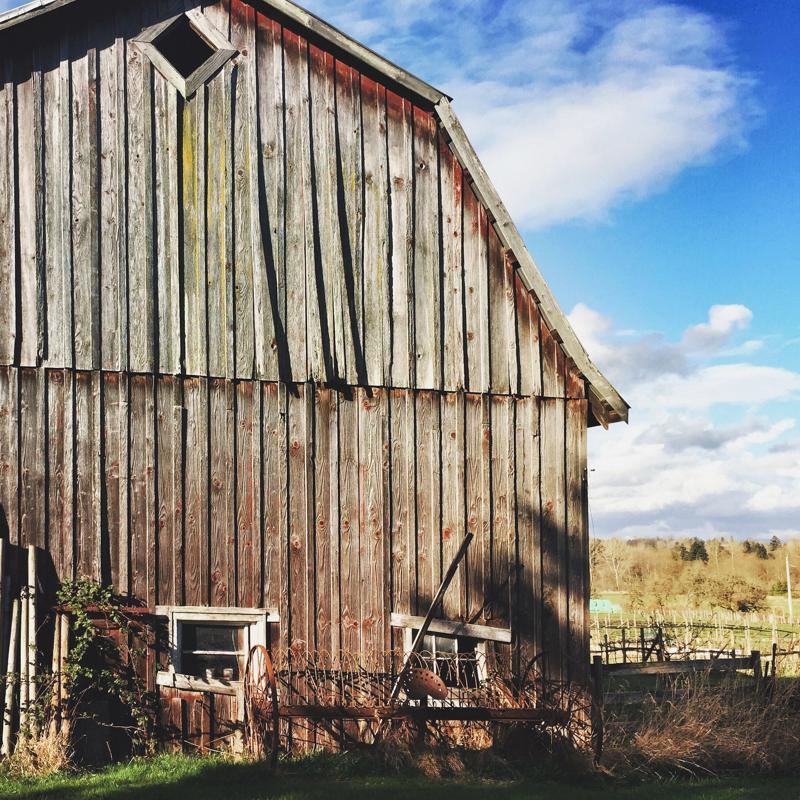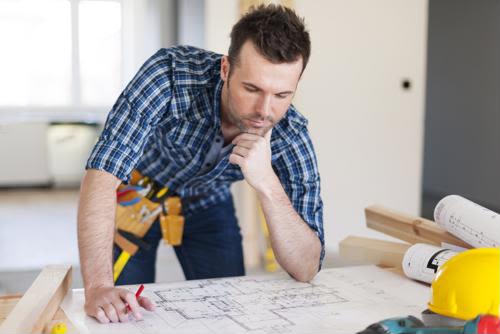- Home
- Resources
- Amerhart Insider Blog
- Construction & Design Trends
- Preserving buildings for enhanced sustainability
Preserving buildings for enhanced sustainability

If you're in the home construction and design business, then you probably appreciate older buildings. A unique historic design has a huge effect on the surrounding community. It establishes character, heritage and even impacts modern culture. While building a new home is always a fun challenge, there is a sad twinge whenever an older building must be demolished - especially if it feels like it erases an aspect of history from the community.
Well, the good news is that not every older building needs to be condemned and torn down. As you embrace more sustainable practices in your business, consider talking to your clients about renovating and converting older buildings into modern-day homes. Not only will this deliver a unique home to your client, it will drastically reduce the amount of pollution created in the home construction process.
How smart growth works
The Environmental Protection Agency highlighted preserving "embodied energy" as part of its smart growth initiative. Essentially, this measure presents a view that any new construction is a wasteful output of energy when adequate living space already exists.
Or, as AJ+C architect Peter Ireland said to The Guardian: "I often say to a client, everything is an asset until we prove it otherwise. A lot of demolition doesn't make sense."
Recycling material such as walls, rooms, and other building components from decommissioned or unused construction projects is not a new idea, and smart growth takes it a step further. When you have clients looking for a new home, encourage them to thoroughly scan the area - looking at all vacant properties and buildings.
Your attitude can be that every site is a potential home location until the client or developing information tells you otherwise.
 Older buildings can take on new life and new purpose with the right tools and some creativity.
Older buildings can take on new life and new purpose with the right tools and some creativity.
Going green in renovation
While saving historic sites is an admirable goal, sustainability and efficiency must always be priorities. For instance, if you help a client renovate an old deli into a home, then learn later from the client that the heating costs are astronomical - you may lose business. When renovating, you must always keep the understanding that the space will be lived in. Energy efficiency, especially in parts of the U.S. known for strong seasons, is vital.
This can mean educating clients on the importance of changing doors, windows, insulation, or even whole heating systems. While aspects of the original construction may be lost in a modification, remind your client of the home-first thought process and draw attention to the fact that you're preserving 95 percent of the original structure's identity.
In some cases, not every older building is worth the cost of the overhaul it would need to be livable, and this is okay. No historical preservationist will fault you for concluding that an old building should be torn down, especially if you have data to back it up.
When communicating this to a hopeful client, we recommend using this calm, information-oriented approach. There is still a good chance that at least part of the original structure can be preserved and incorporated in a new design, should all else fail.
Thinking outside the residential zone
Part of the charm of historical site conversion is that non-residential buildings can become homes. For instance, Building Design + Construction recently highlighted a Washington, D.C., church that was transformed into new condos. This appropriation is part of what gives historical sites their distinctive flair.
As part of a service for your clients, you can keep a database of older buildings eligible for renovation. These buildings can then be matched to clients depending on interests. A teacher may be very interested in an older property that is suddenly revealed to have been the original public library.
Construction materials produce waste and pollutants. While Amerhart is a Forest Stewardship Council certified distributor, we understand the need to promote sustainability in all forms. Saving older buildings from destruction doesn't just protect heritage, it helps safeguard the environment - creating maximum habitable living space for all those in need.



















